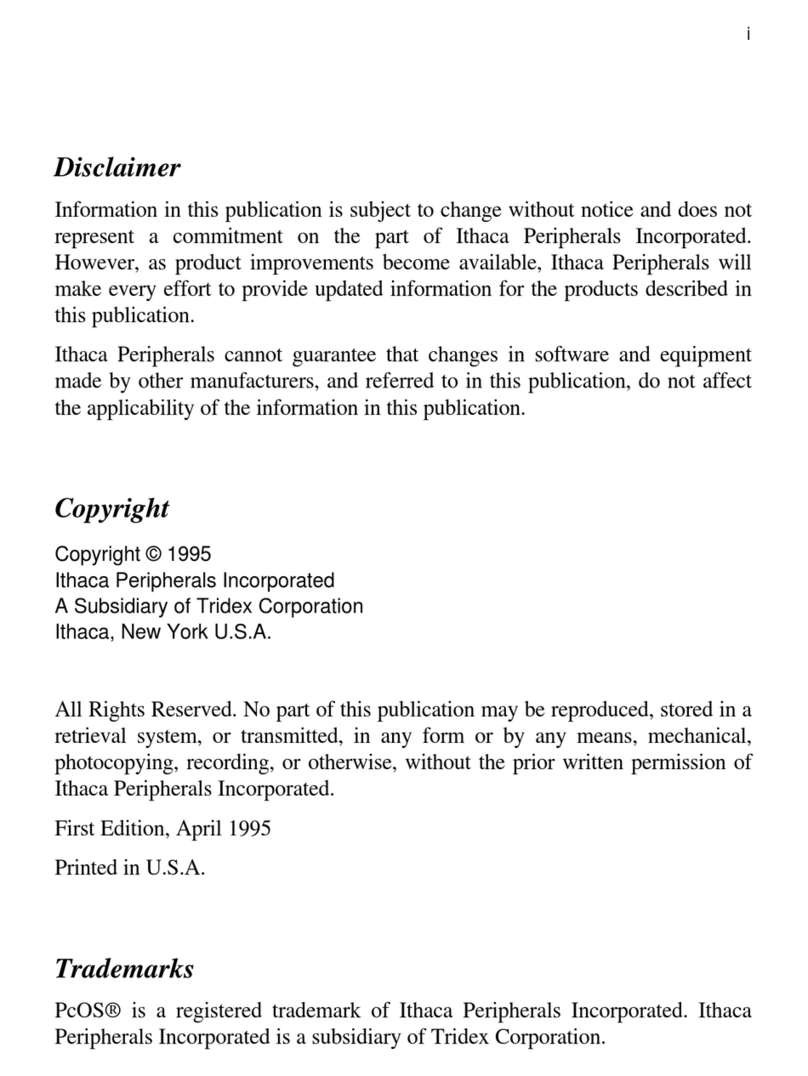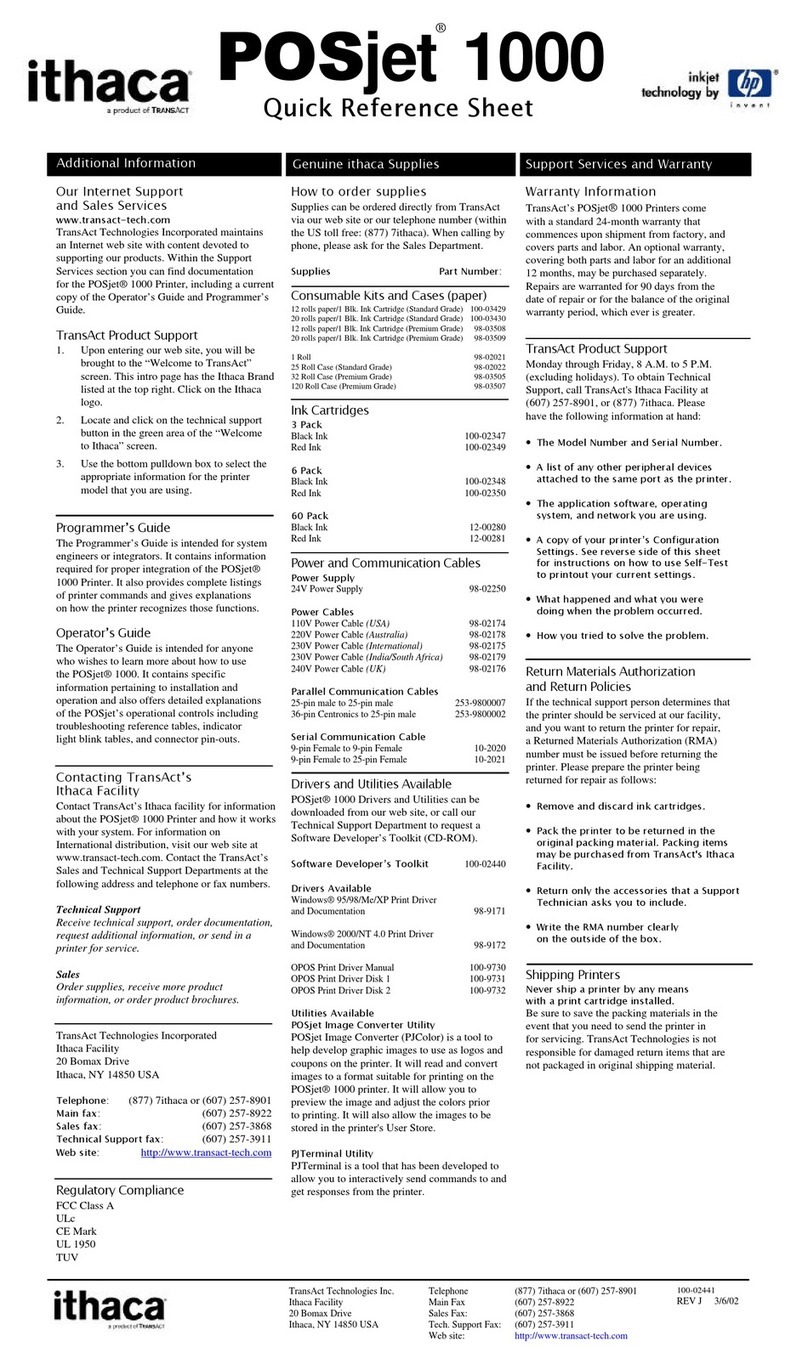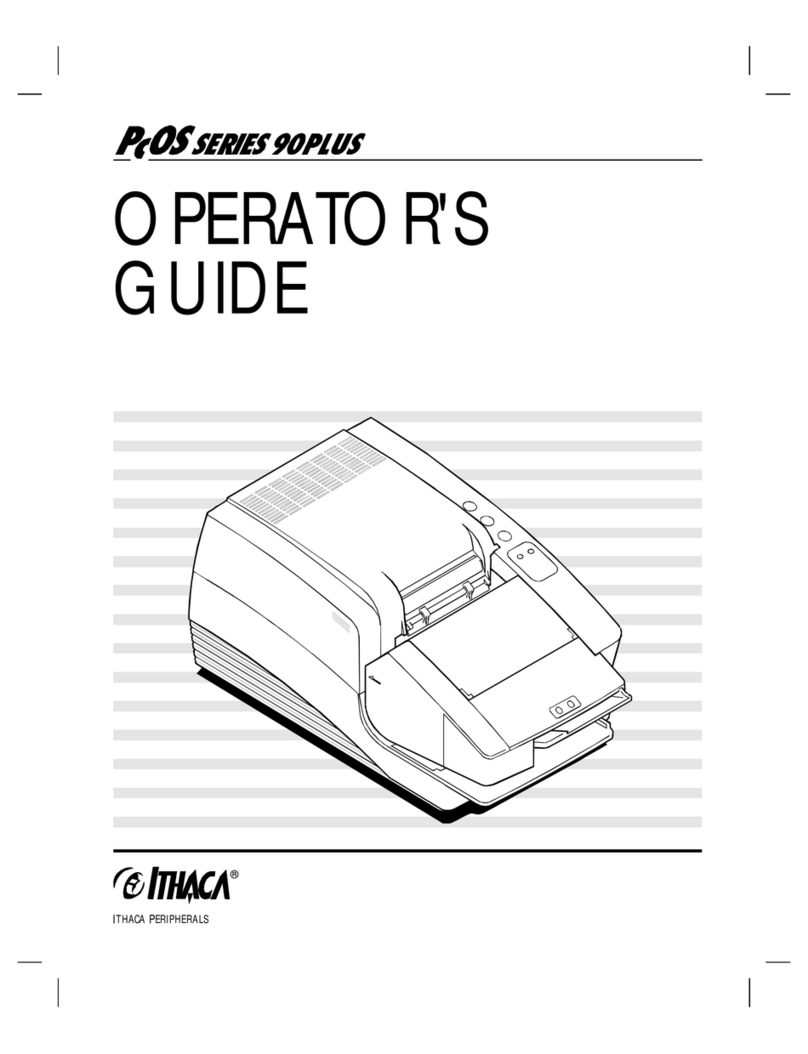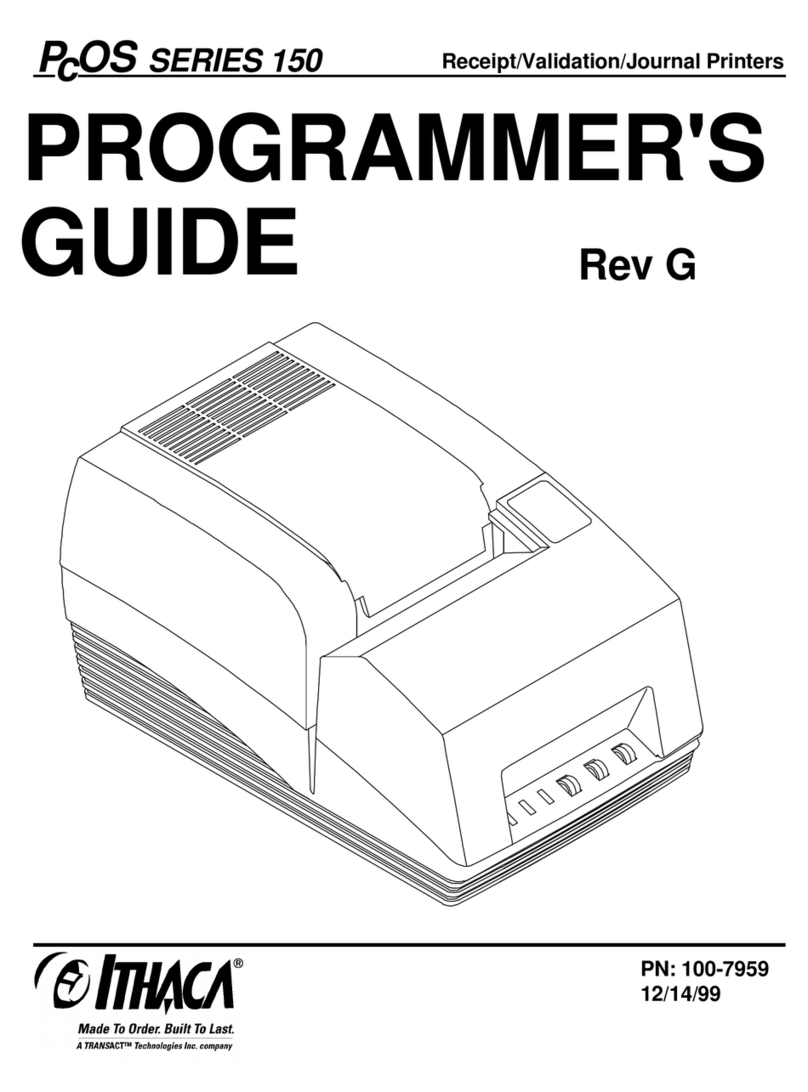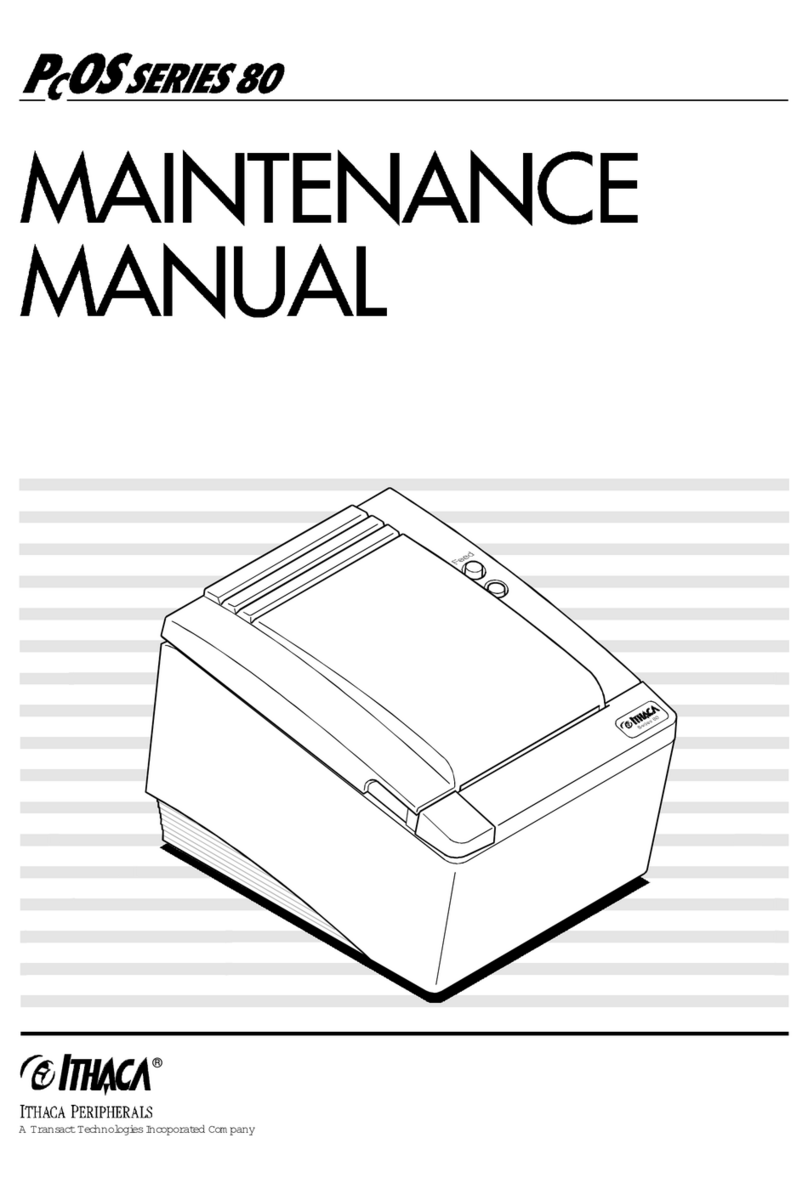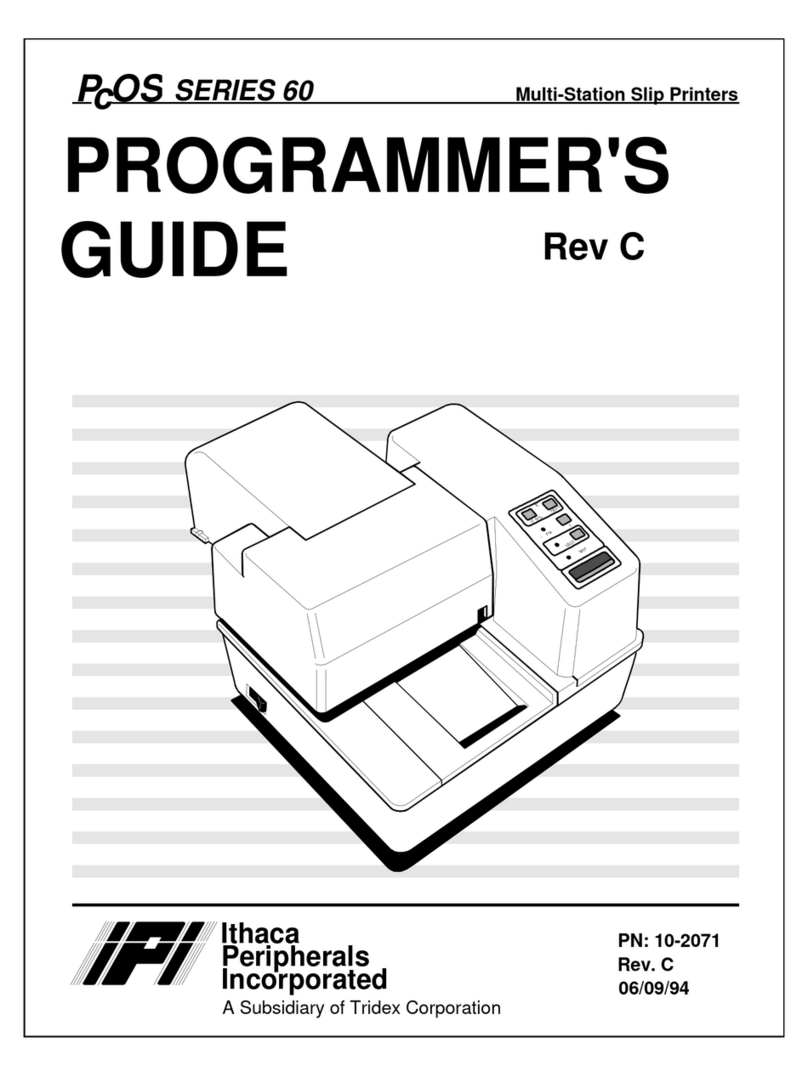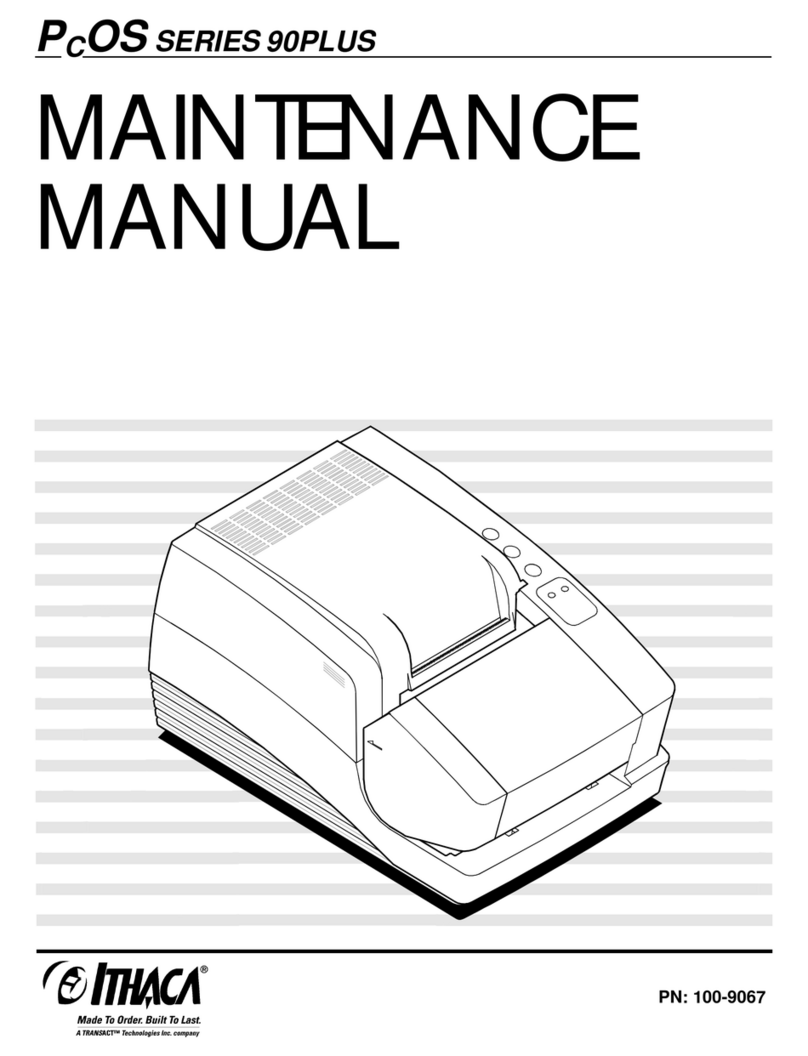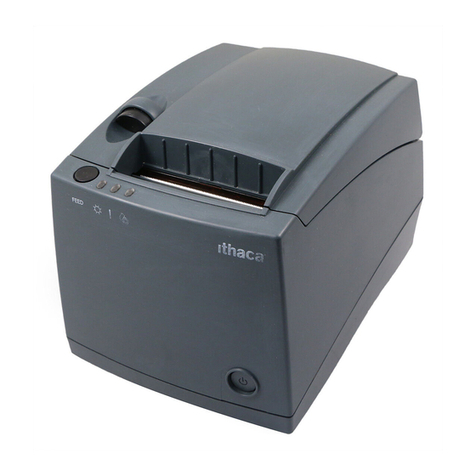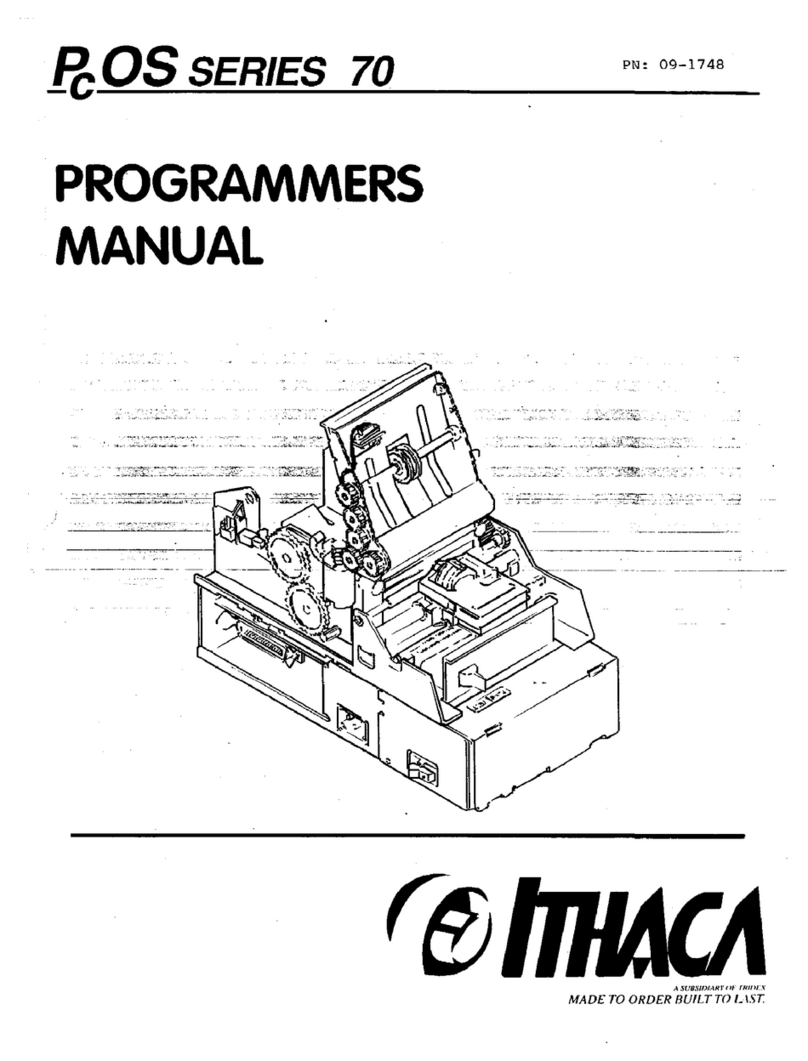
Table of Contents PcOS Series 90PLUS Programmer's Guide
Page vi Rev M 12/16/99
4.1.1 Standard Emulation ............................................................................................................ 18
4.1.2 EPOS Emulation................................................................................................................. 18
4.1.3 IPCL Codes......................................................................................................................... 18
4.2 Application Development .................................................................................................................... 18
4.3 Tables and Charts................................................................................................................................ 18
5Printer Control Codes.................................................................................................................................... 19
5.1 Print/Paper Motion.............................................................................................................................. 19
5.1.1 Low-level Paper Motion Control ......................................................................................... 19
5.1.2 Horizontal Motion Control.................................................................................................. 20
5.2 Vertical Motion Control ...................................................................................................................... 22
5.3 Character Font..................................................................................................................................... 26
5.4 International Character Sets and Code Pages....................................................................................... 28
1.5 Character Print Control ....................................................................................................................... 34
1.6 Character Pitch.................................................................................................................................... 35
1.7 Character Attribute Commands ........................................................................................................... 37
1.8 Print Rotation Commands.................................................................................................................... 43
1.9 Graphic Mode...................................................................................................................................... 49
1.9.1 Standard APA Graphics...................................................................................................... 49
1.9.2 Extended APA Graphics ..................................................................................................... 51
1.9.3 EPOS Bit Image Graphics................................................................................................... 52
1.9.4 Graphic Save....................................................................................................................... 53
1.9.4.1 Programming Considerations...................................................................................... 53
1.10 Bar codes............................................................................................................................................. 56
1.11 Station Control.................................................................................................................................... 59
1.11.1 Receipt Operation................................................................................................................ 59
1.11.1.1 Receipt Paper-error Sensor.......................................................................................... 60
1.11.2 Validation and Slip Operation............................................................................................. 62
1.11.2.1 Top Insertion Validation............................................................................................. 62
1.11.2.1.1 Validation Controlled by the Host System...................................................... 62
1.11.2.1.2 Validation Controlled by the Printer.............................................................. 62
1.11.2.2 Front Inserted Validation............................................................................................ 63
1.11.2.2.1 Slip Printing.................................................................................................. 63
1.11.2.3 Mode Selection ........................................................................................................... 63
1.11.3 Top Validation Operation.................................................................................................... 64
1.11.4 Front Slip Operation ........................................................................................................... 65
1.11.5 Validation and Slip Operation Control................................................................................ 66
1.12 MICR Reader ...................................................................................................................................... 72
1.12.1 Overview............................................................................................................................. 72
1.13 Miscellaneous Controls........................................................................................................................ 77
1.14 Series 50 Compatibility Commands..................................................................................................... 81
1.15 Printer Status Set/Inquire..................................................................................................................... 82
1.15.1 Parallel, Non-IEEE 1284 Mode Inquire............................................................................... 82
1.15.2 Serial Mode Inquire ............................................................................................................ 83
1.15.3 Parallel, IEEE 1284 Mode Inquire....................................................................................... 83
1.15.4 Dynamic Response Mode .................................................................................................... 83
1.15.5 Inquire Commands.............................................................................................................. 84
1.16 Extended Diagnostic Commands ......................................................................................................... 92
1.17 EPOS Codes........................................................................................................................................ 94
1.17.1 Real-time Status.................................................................................................................. 94
1.17.2 EPOS Command Summary ................................................................................................. 94
